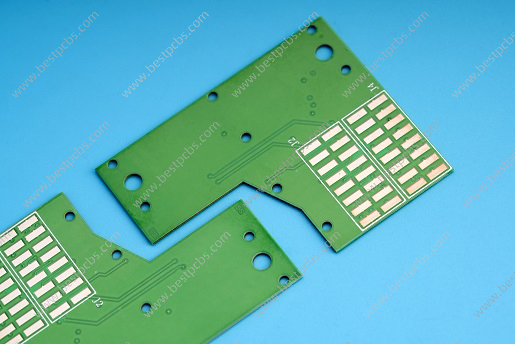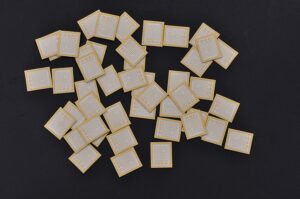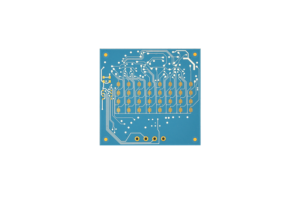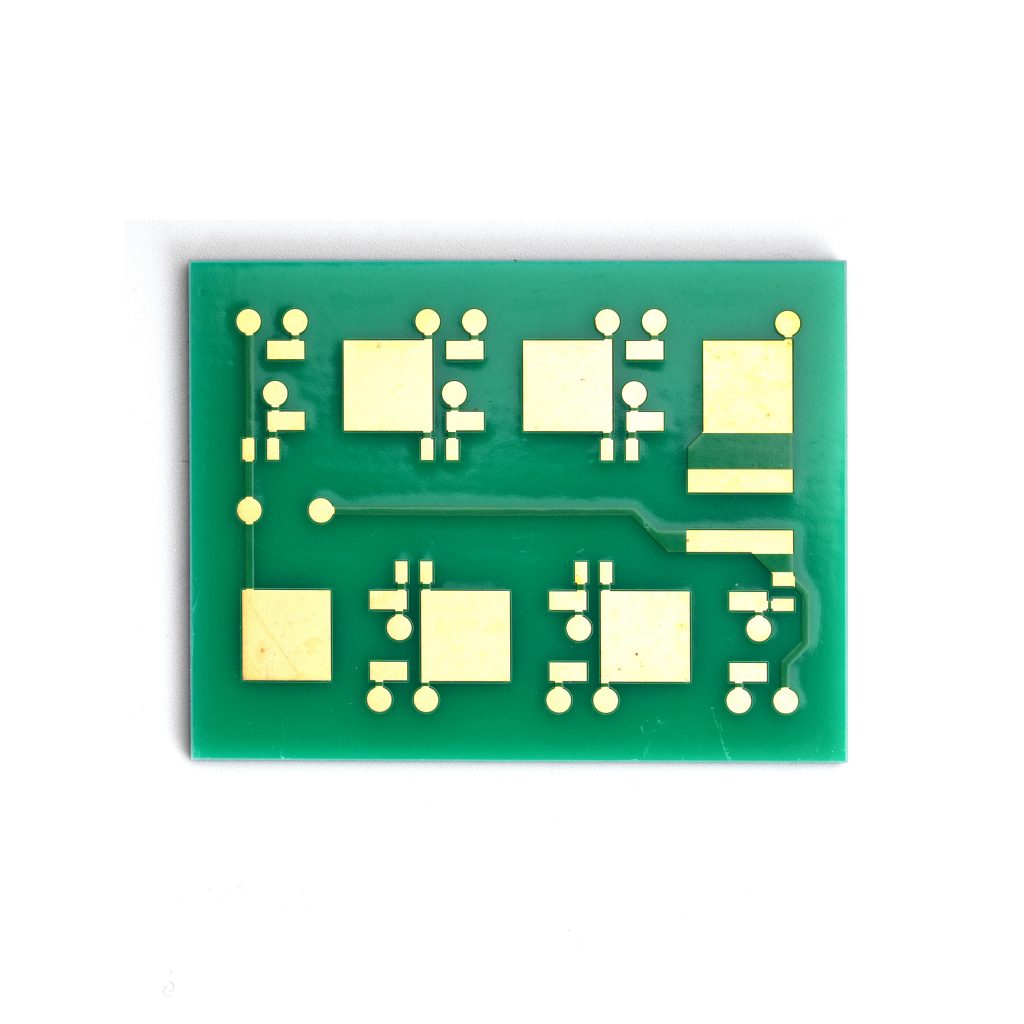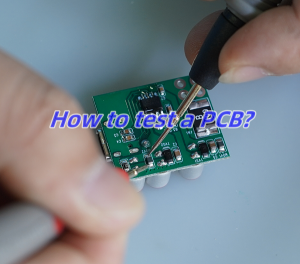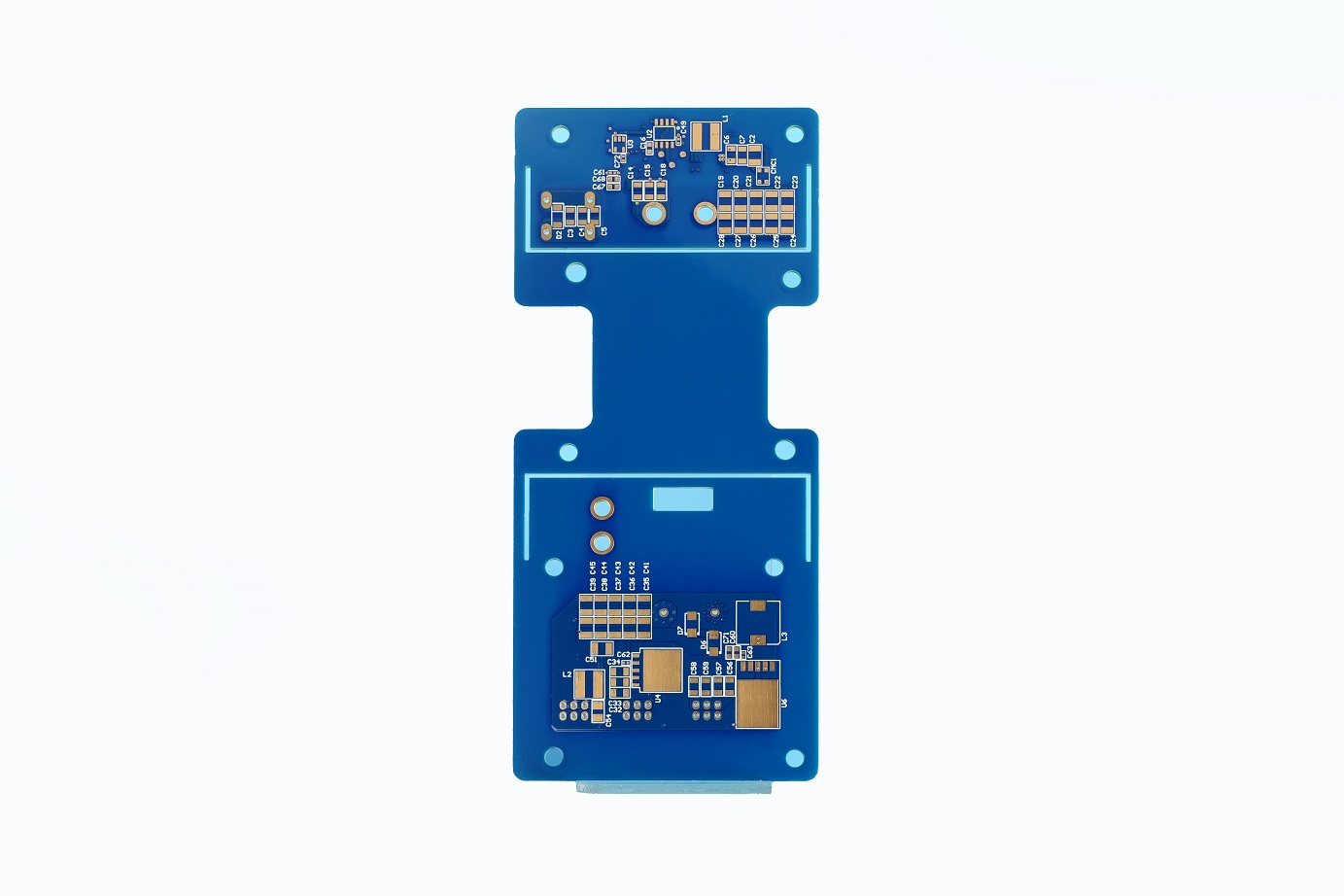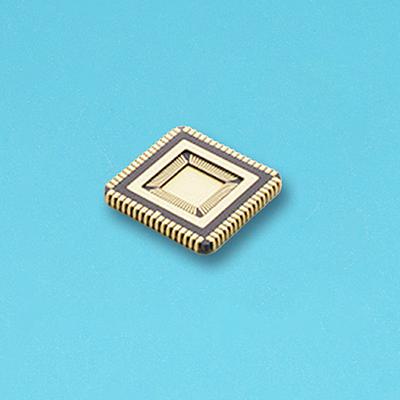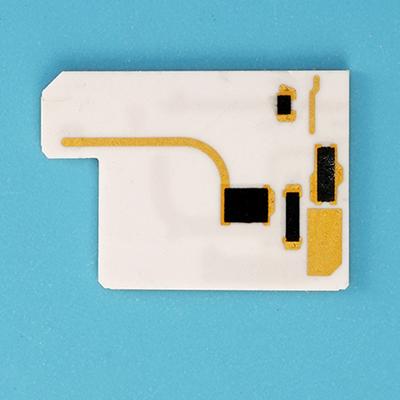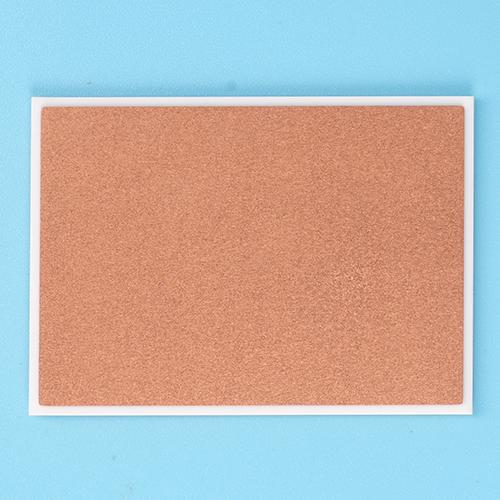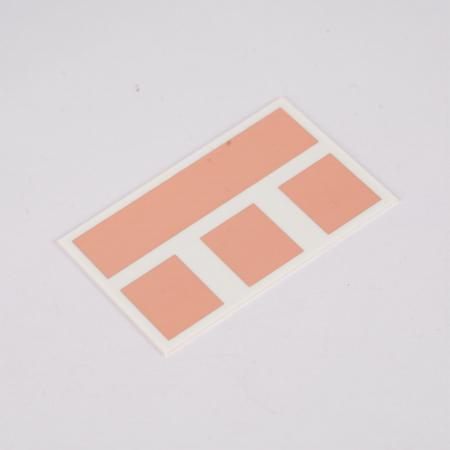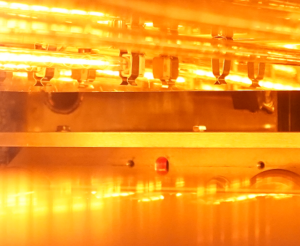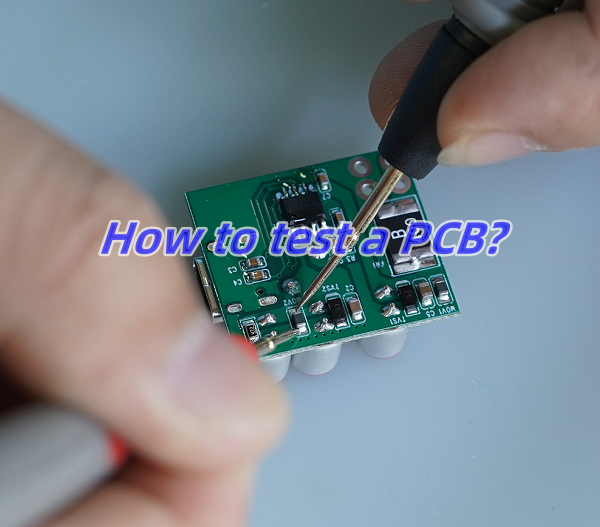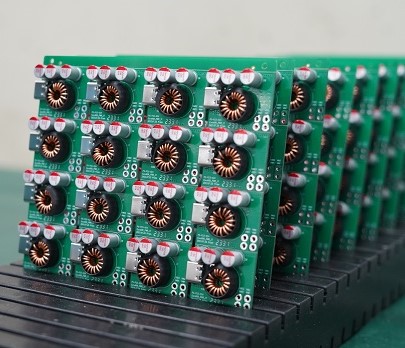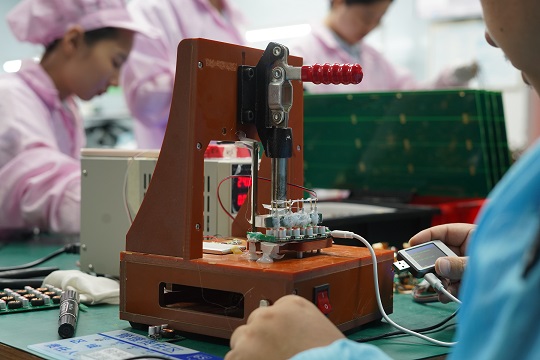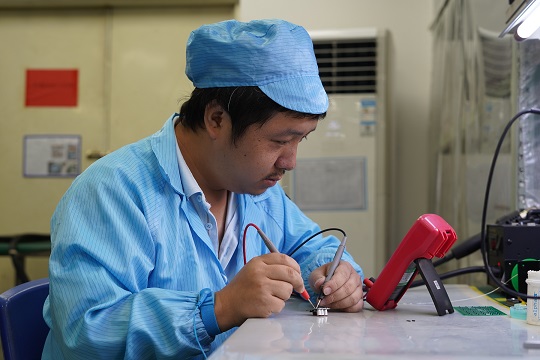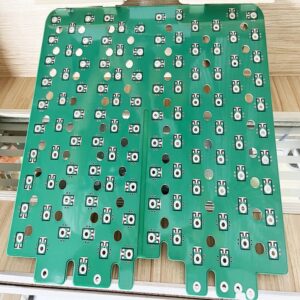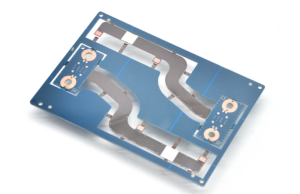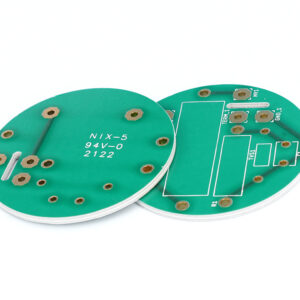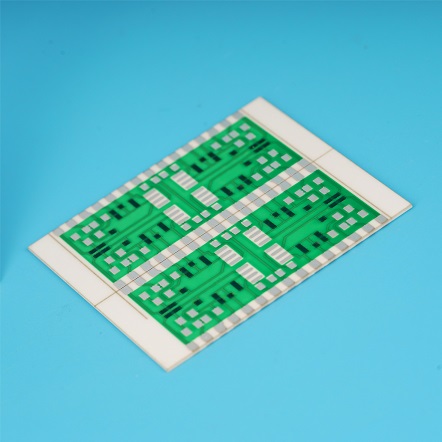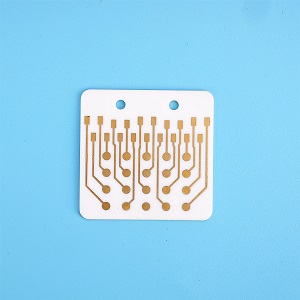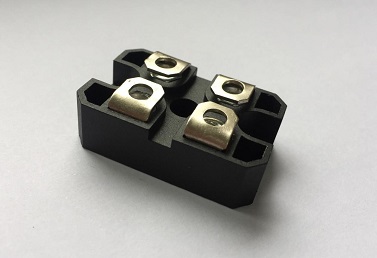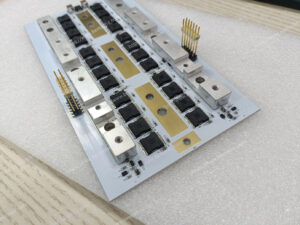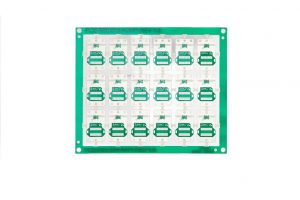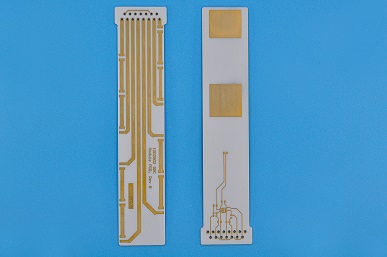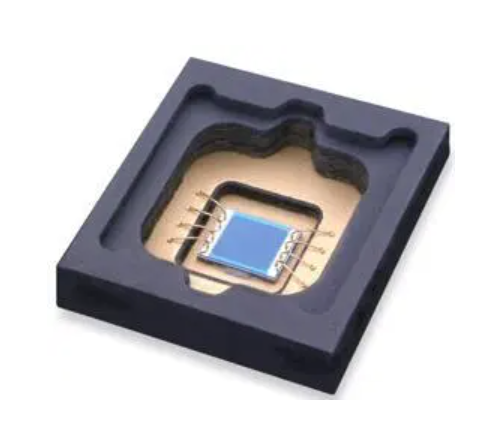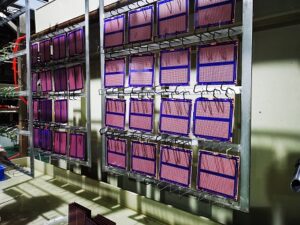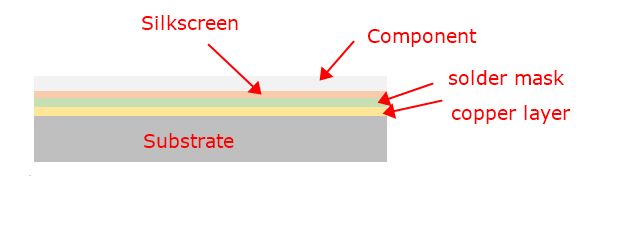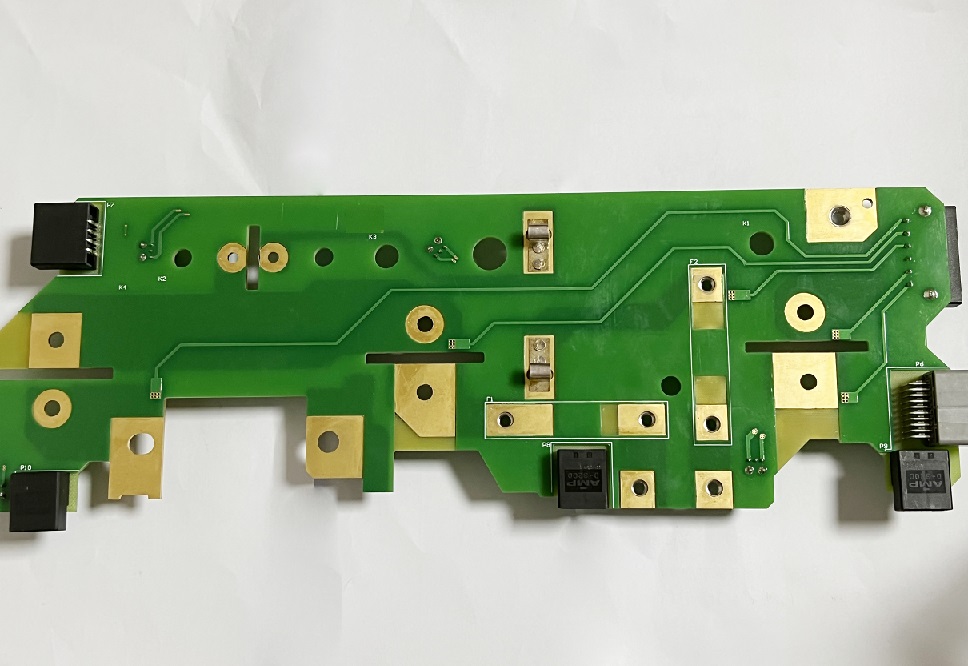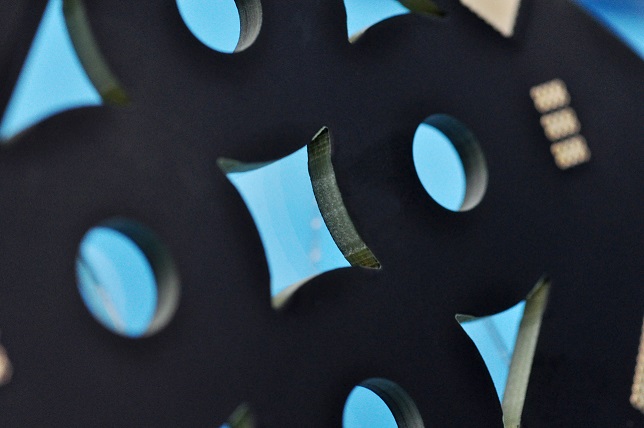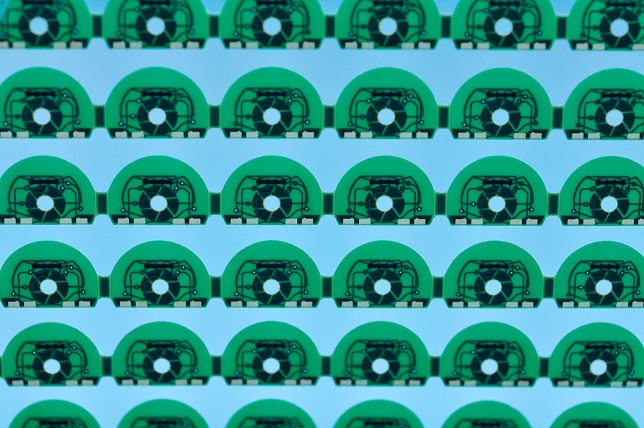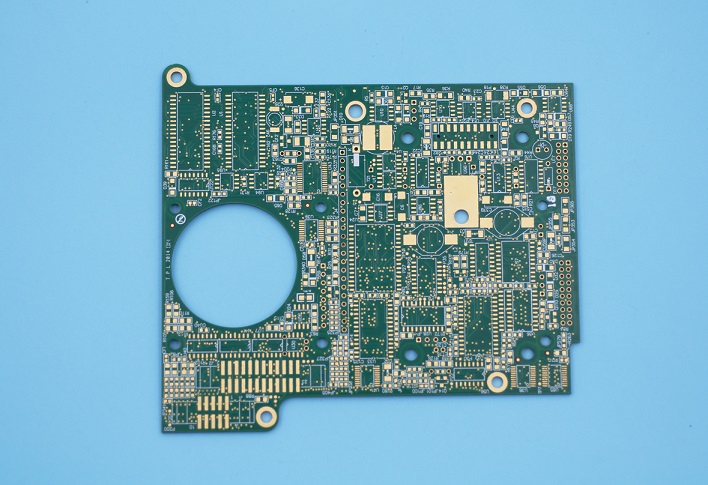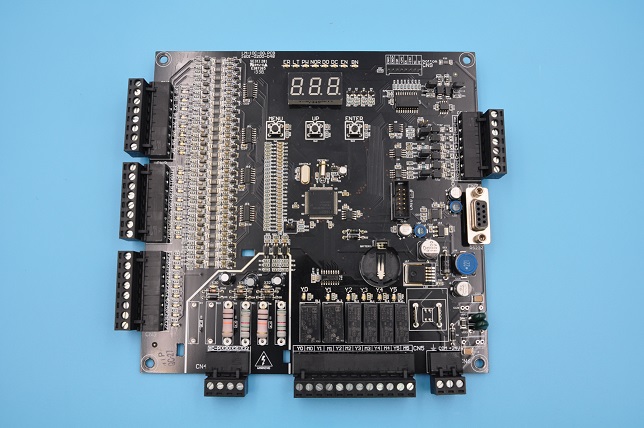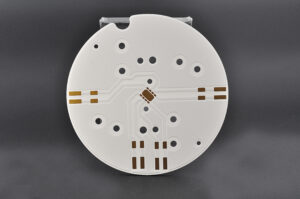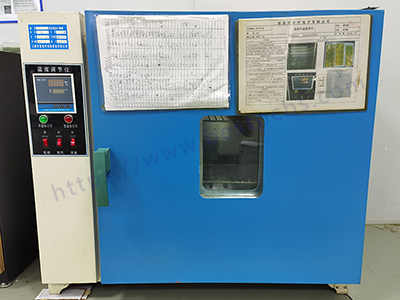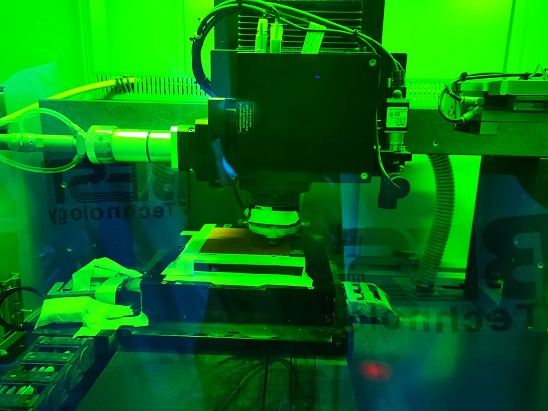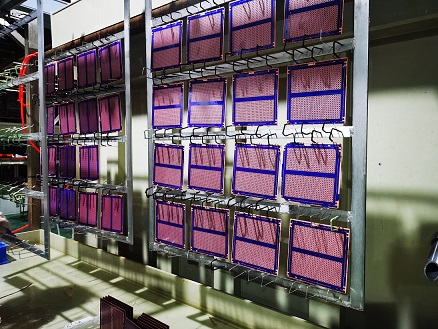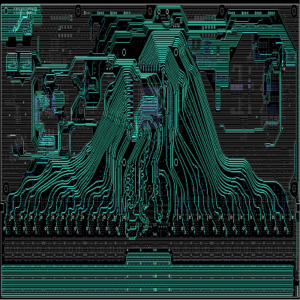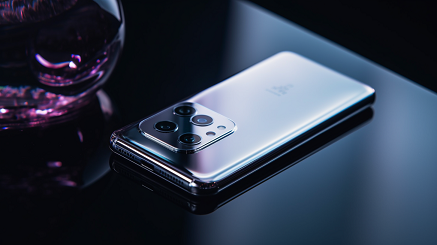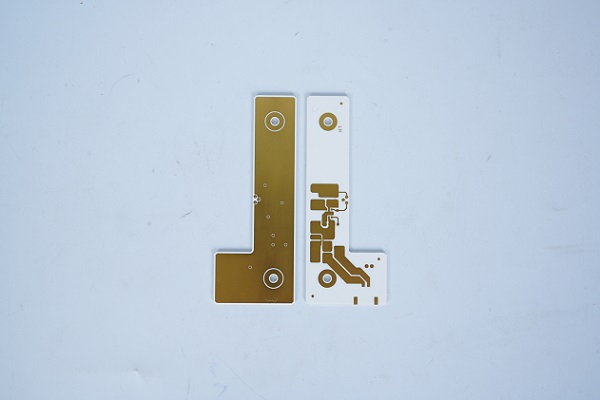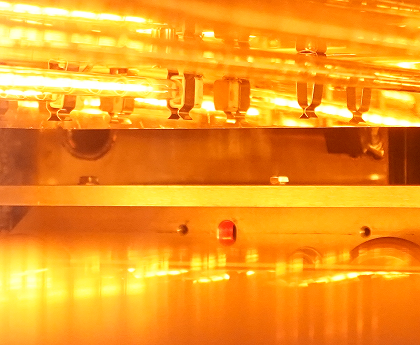With the continuous improvement of the performance requirements of electronic equipment, such as high current, fast heat dissipation, high frequency, long life and a series of other requirements, the requirements for the circuit board carrying the functions of the equipment have become particularly harsh. The traditional FR4 pcb circuit board in the past has completely failed to meet the current use scenarios. It is found that the circuit board produced by adding the corresponding ceramic materials can meet the corresponding requirements when making the circuit board substrate. Since then, ceramic PCB came into being and quickly gained a decisive position in the market.
Why Use Ceramic PCB?
Ceramic PCB shows remarkable advantages in many application fields because of its unique physical and chemical properties.
First of all, ceramic PCBs have excellent heat dissipation performance and low thermal expansion coefficient, which enables them to maintain stable performance in high temperature environment and effectively avoid equipment damage or performance degradation caused by temperature changes. Secondly, ceramic PCB has excellent insulation performance and high voltage resistance, which can guarantee personal safety and stable operation of equipment. In addition, the ceramic PCB has strong adhesion, and the bonding technology is adopted to ensure that the copper foil will not fall off, which improves the reliability of the product, especially in the application of high-frequency circuits.
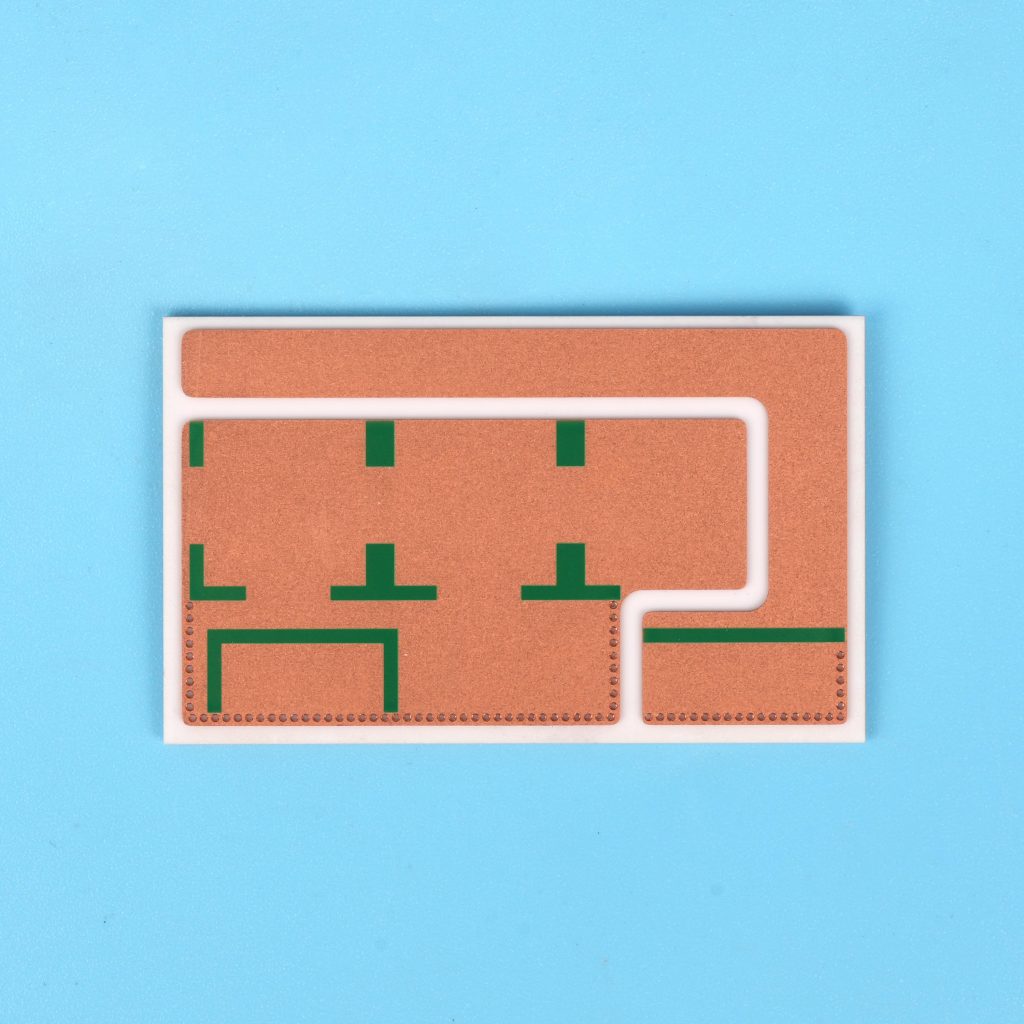
The manufacturing process of ceramic PCB also has its own uniqueness. Usually, the bottom plate is formed by pressing ceramic powder, which ensures the flatness and surface smoothness of PCB, thus improving the quality of circuit board. Although the cost of ceramic PCB is usually higher than that of traditional materials such as FR-4, it is undoubtedly a better choice in applications requiring high performance and high reliability.
To sum up, ceramic PCB is widely used in high-power power electronic modules, solar panel components, high-frequency switching power supplies, solid-state relays, automotive electronics, aerospace, military electronic products, high-power LED lighting products, communication antennas and other fields because of its excellent physical and chemical properties and high stability in high-frequency circuit applications.
What Are the Basic Components of Ceramic PCB?
The first is highly integrated circuit board, which has become an inevitable trend with the progress of electronic technology. Modern technology and electronic products integrate hundreds, thousands or even millions of transistors and resistors on a small silicon chip or integrated circuit (commonly known as IC) to form complex components.
These integrated circuits need a foundation for building tiny electronic materials and connections, usually called substrates. It also needs a structure to isolate the circuit from the external environment and turn it into a compact and solid unit, which is called packaging.
Integrated circuits need substrates and packages to maintain their reliability. Integrated circuits need insulating materials, and these two materials are born for this purpose. These packages will then be mounted on the printed circuit board.
Ceramics are famous for their insulating properties. The protective performance of this advanced ceramic material is an important factor for its use as substrate and packaging. This is why ceramic printed circuit boards or PCBs stand out from other similar products.
What are the Materials Used in Ceramic Circuit Board?
There are many kinds of materials for making ceramic PCB. When choosing ceramic materials, two basic characteristics that should be paid attention to are thermal conductivity and thermal expansion coefficient (CTE) of PCB.
Alumina (Al2O3), aluminum nitride (AlN), beryllium oxide (BeO), silicon carbide (SiC) and boron nitride (BN) are commonly used materials in ceramic PCB.
Alumina (Al2O3)
Alumina is an inorganic compound, also known as bauxite. It is an advanced material made of aluminum and oxygen. It is usually white, but it varies according to purity. The color can be pink to almost brown. This compound is tasteless and crystalline powder, but it is insoluble in water.
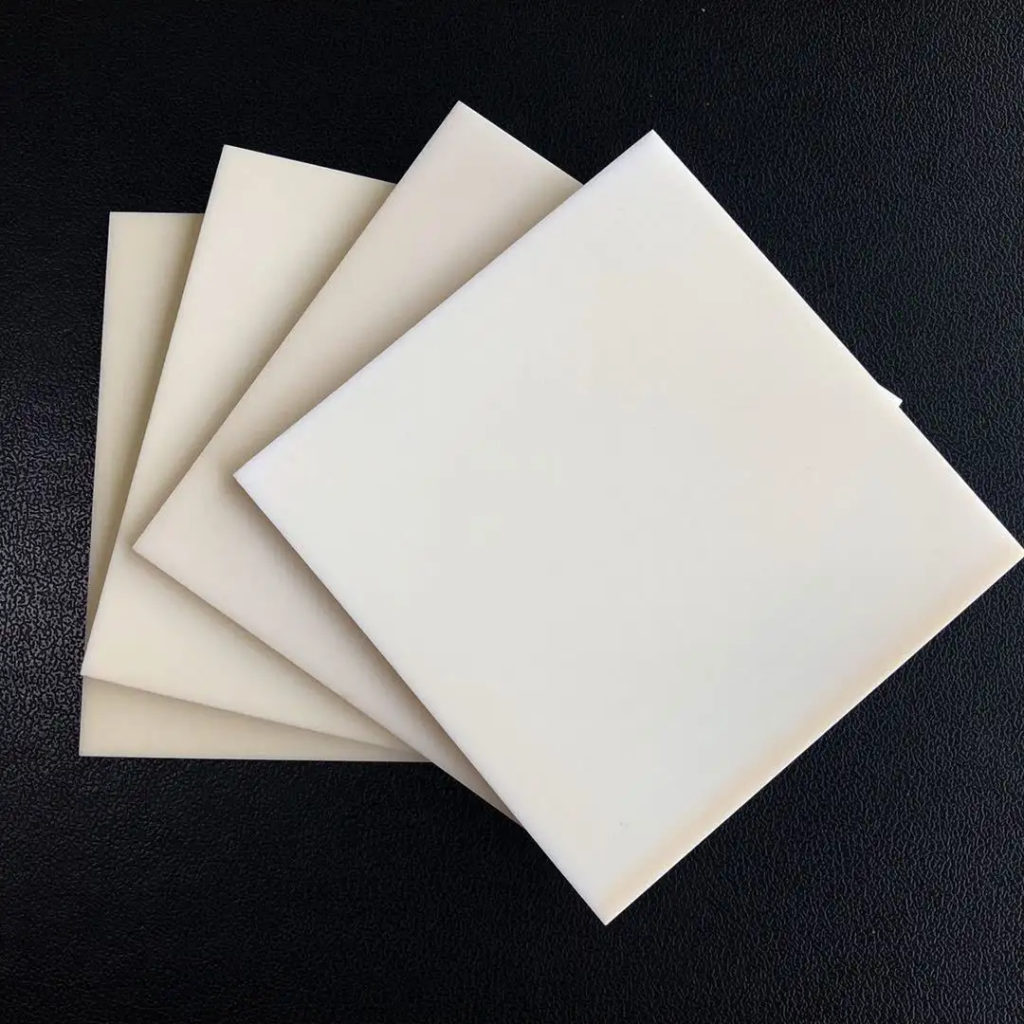
Among all oxide ceramics, alumina is the hardest and strongest. Because the content of alumina is higher than 95%, it is an excellent electrical insulator with a resistivity as high as about 1× 1014 Ω cm. Common purity ranges from 94% to 99%. The required color, hardness, size and shape should be easy to achieve. Because the composition can be changed, it is considered to be beneficial to engineering production.
This industrial oxide ceramic has excellent thermal stability and corrosion stability, excellent mechanical strength and dielectric strength, and can even form an airtight seal. The common 96% alumina has a thermal conductivity of 25.0 W/(m k) and a CTE of 4.5 to 10.9 x 10-6/k.. Besides being affordable and cost-effective, it has all these advantages.
It is the most commonly used substance in ceramics because it has many applications in the electronic field, including substrates and packaging. This is the preferred material when the application does not require the highest level of thermal performance. It is one of the most advanced ceramic materials with the most in-depth research and comprehensive characteristics.
Aluminum nitride (AIN)
Aluminum nitride (AIN) is a non-oxide semiconductor technology-grade ceramic material. The structure of this compound is hexagonal crystal, which is blue and white in pure state. Aluminum nitride is a synthetic ceramic compound, which is usually white or gray.
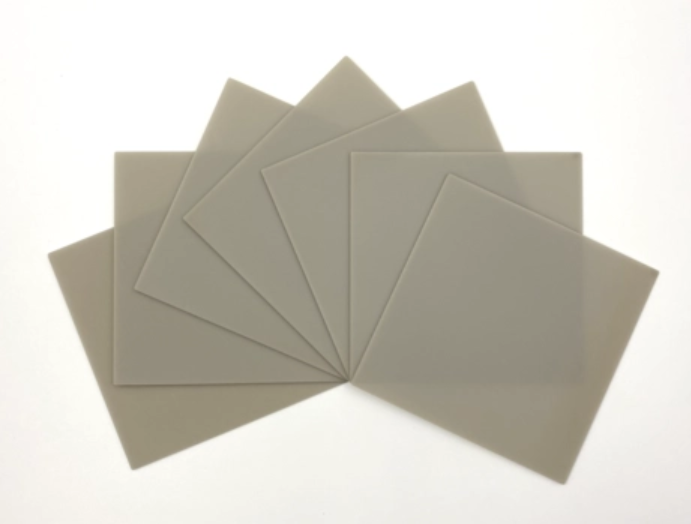
One of the best ceramic substrate materials at present is aluminum nitride (AlN). Its resistivity ranges from 10 to 1210ω-m, and its thermal conductivity is 80 to 200W/(m k), even as high as 300W/(m k). Based on these characteristics, it is undoubtedly one of the most attractive PCB substrate materials and one of the best choices.
It has electrical insulation and a low coefficient of thermal expansion (CTE) of 4 to 6× 10-6k1 (between 20 and 1000°C), which is very close to the silicon wafer. The value of this compound is much higher than that of alumina, but the cost is also higher. It is most suitable for use in high current and high temperature environment.
Beryllium oxide (BeO)
Beryllium oxide (BeO) or Beryllium oxide is also called dextran or glucose oxide in history. As the name implies, it comes from beryl or mineral beryl. It is a solid crystalline inorganic compound with white color.
In addition to good electrical insulation, its thermal conductivity is higher than that of any other nonmetal [(209 to 330 W/(m k)], and even exceeds that of some metals except diamond. There are rigid bonds between the atoms of beryllium oxide, just like diamonds. It transfers heat in the form of vibration through these strong bonds, so the energy loss is minimal.
This refractory compound has a melting point of 2506.85 °C to 2575 °C, a boiling point of 3905 °C and a CTE of 7.4 to 8.9 x 10-6/k. Beryllium oxide has these excellent characteristics, so it is widely used in electronic industry and is a valuable resource. Because of its high melting point, excellent thermal conductivity and good resistance, other industries also benefit from it.
Beryllium oxide has shown excellent chemical and thermal stability in challenging conditions and harsh environments for more than 60 years. BeO can be used to provide air or liquid cooling in applications where PCB is exposed to high temperature or high-density PCB with limited space.
What are the Advantages of Ceramic PCB over Traditional PCB?
The use of ceramic printed circuit boards has several advantages, which help to significantly reduce the size and weight of the final product while improving energy efficiency. High quality surface smoothness (due to its flatness), high temperature resistance and low dielectric constant are their other significant advantages. In addition, ceramic plates are durable and wear-resistant, which means that they can be used in areas with high mechanical stress.
Because ceramic substrates are cleaner than FR-4 boards, ceramic PCBs can accommodate high component density on a single circuit board, which means that they can accommodate smaller components while still maintaining the same mass and occupying space.
The high temperature resistance of ceramic board is several times higher than that of FR4, and the thermal deformation temperature of ceramic board is much higher than that of traditional FR4, which makes the circuit board have better performance under extreme temperature conditions, thus prolonging the service life of the circuit board.
Ceramic PCB is more resistant to moisture in the air than FR4 board.
Ceramic PCB is made of ceramics, which is more durable and stronger than traditional FR4.
Ceramic board has higher density than traditional PCB, which can ensure high signal integrity. In addition, these boards are faster and more reliable than traditional boards.
Ceramic boards have high thermal resistance due to low thermal conductivity, so ceramic PCB has another advantage of fire prevention, which can make them a good choice for products that need to meet certain flammability and heat resistance criteria. Because a thin layer of ceramic fiber on the surface of PCBA can prevent heat from flowing into the circuit board, and at the same time, it can protect the conductive traces from cracking when exposed to excessive heat.
What are the Application of Ceramic PCB?
1. High power device
2. On-board chip module
3. Proximity sensor
4. Solid State Relay (SSR)
5. Solar panel array
6. Transmission/reception module
7. Multilayer Interconnect Board
8. Solar cells
9. Light emitting diodes
10. Automobile lighting system
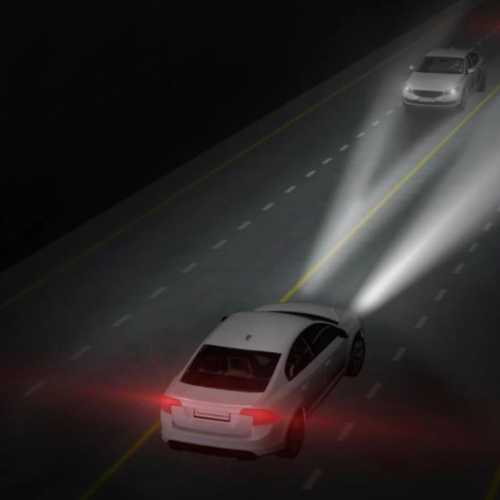
As a high-performance electronic component, ceramic PCB is playing a vital role in many fields because of its unique characteristics. This kind of printed circuit board is becoming more and more popular for various reasons. The most important factor to consider when choosing a PCB manufacturer is quality and experience. Through meticulous manufacturing technology and firm commitment to quality, BEST Technology strives to provide ceramic PCBs that can stand the test of time and meet the needs of the continuous development of modern technology. Contact us for more information!






